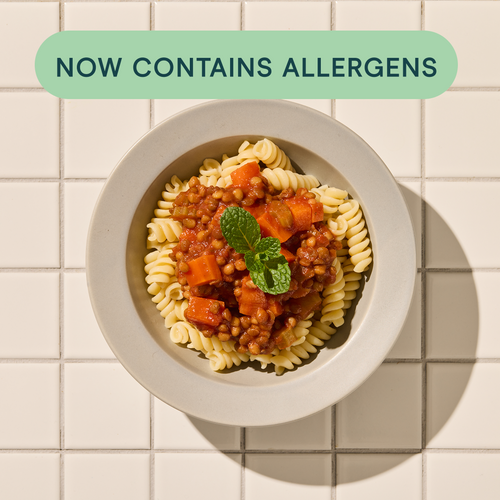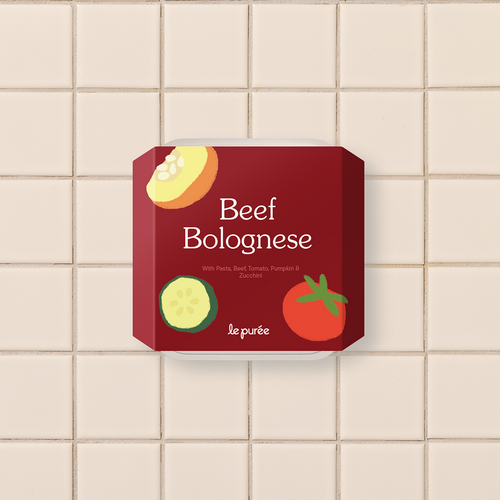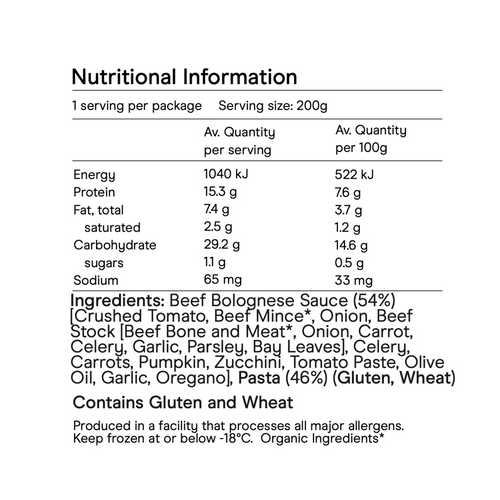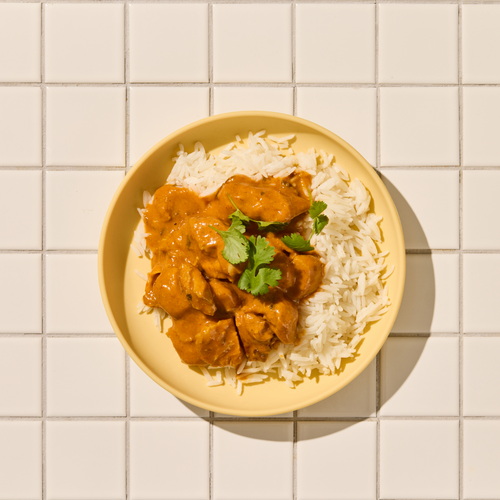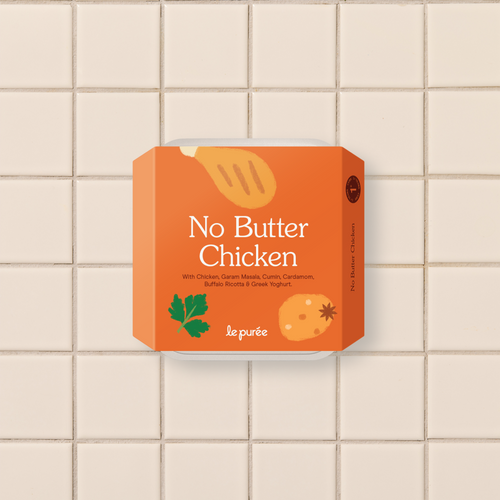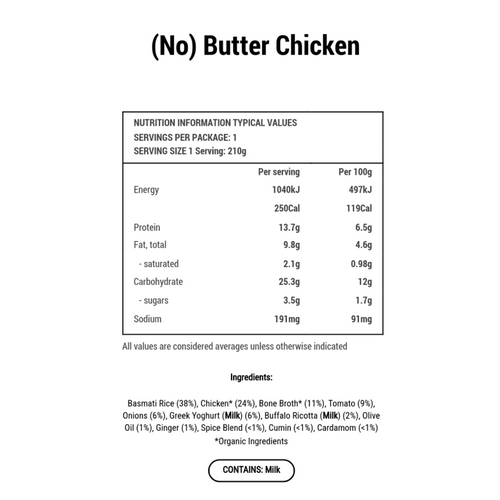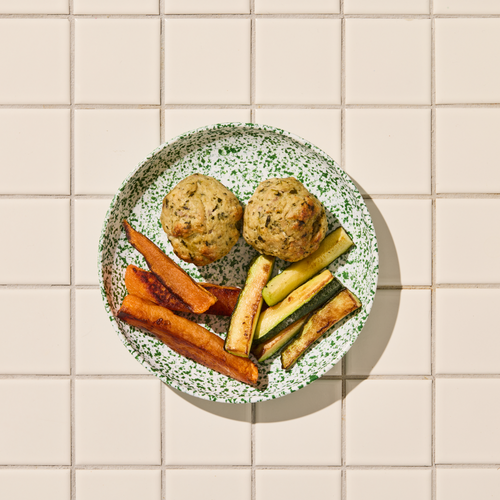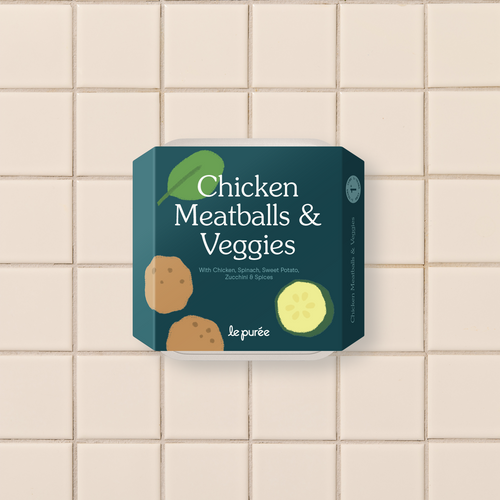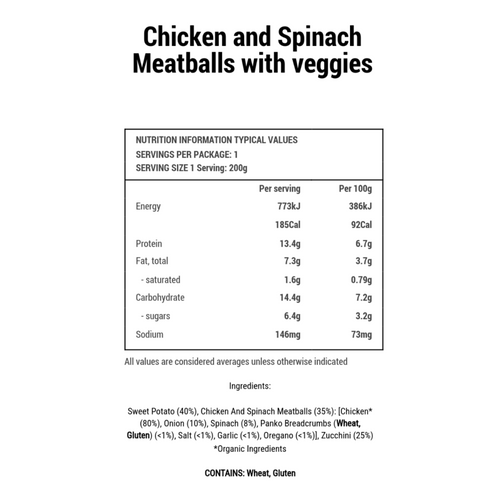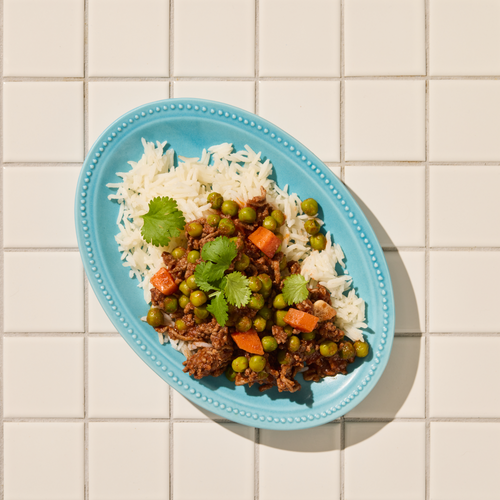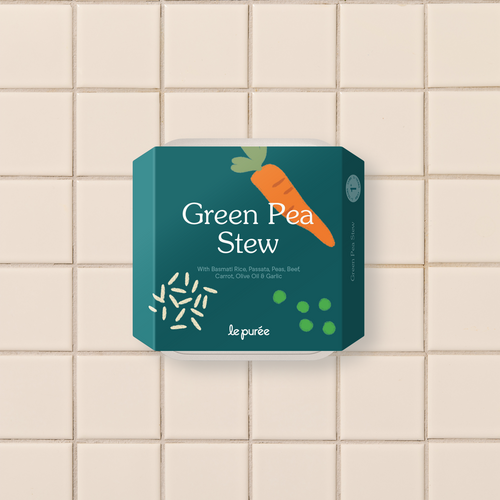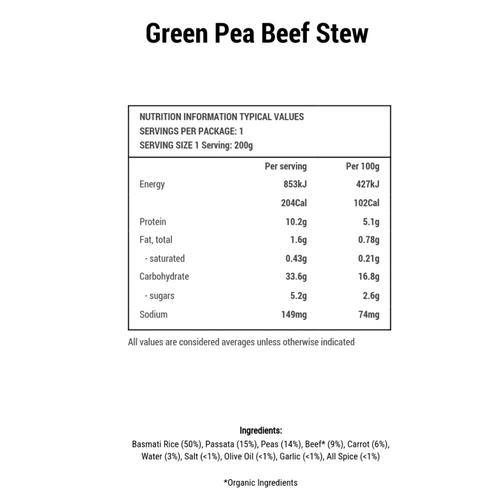There are many ways in which you can reduce choking hazards as your baby begins to explore a variety of foods and are exposed to different textures, shapes and sizes. It is completely normal for parents to worry about their children choking while eating. This is why it is good to understand the top choking hazards for each age group and how to prevent choking so you feel more confident feeding your child safely.

What are choking hazards?
Choking hazards tend to be foods that are hard, round or slippery, like crunchy veggies, whole grapes, whole beans or legumes, sausages, seeds and nuts.
You can modify foods to prevent your child from choking by cooking, shredding or cutting up the food. Some foods can also be pureed or mashed, like chickpeas.
How to help avoid choking?
Set up a safe eating environment - Create a surrounding free from distraction, think peaceful. Learn the difference between gagging and choking in case you need to intervene. Always place them in a high chair sitting at 90-degree angle. Avoid feeding your child in the car or pram so that you can always be arm's reach as well as aware of if they are choking.
An infant CPR/First aid course is always good to undertake so that you are prepped and understand how to react should you need to.
Signs of gagging and choking in babies
It can be difficult to tell if your baby or toddler is choking or simply gagging. When a child is gagging, their natural reflexes will kick in to keep them from choking. Gagging is very common in babies and toddlers.
A baby who is gagging may:
- Cough.
- Spit food out of their mouth.
- Become red around the eyes.
- Have watery eyes.
- Vomit.
Let your child work through gagging on their own. Don’t try and remove the food with your finger, as it might push the food further back and become a choking hazard.
While gagging is not dangerous, choking is and a child who is choking will show signs as per the below;
- Unable to cry or cough, they are silent or there is only a small wheezing sound.
- Unable to breathe or has to make an effort to breathe.
- Wide eyes, looks panicked or waving their arms.
- Loses consciousness or goes limp.
- Fairer skin and blue or purple lips.
What are choking hazards for babies ages 6 to 12 months?
The below are considered choking hazards for babies and should be avoided if possible.
- Whole kernel corn
- Whole grapes and grape tomatoes
- Pieces of hard, raw fruits and veggies
- Whole pieces of canned fruit
- Uncut grapes, berries, cherries, melon balls
- Uncooked dry fruit (like sultanas)
- Whole, chopped, nuts and nut butter
- Chunks of meat
- Fish with bones
- Chunks of cheese/string cheese
- Cookies/granola bars
- Chips and pretzels
- Crackers/bread with seeds or nuts
What are choking hazards for toddlers ages 12 to 24 months?
The below can be choking hazards for toddlers and should be avoided.
- Carrot sticks
- Whole grapes and cherry tomatoes
- Large pieces of raw fruits and veggies
- Popcorn
- Chips
- Whole nuts and seeds
- Tough meat
- Chunks of nut butter
- Hot dogs and sausages
- Chunks of cheese
What are choking hazards for children under 4 years?
These foods should be avoided until age 4.
- Whole hot dogs
- Whole nuts and seeds
- Chunks of meat or cheese
- Whole grapes and grape tomatoes
- Hard or sticky lollies
- Popcorn
- Chunks of nut and seed butter
- Chunks of raw veggies (like carrots)
The starting solids journey can be quite daunting for a mum and bub. Just know we’re on your team, join our village today.



